Introduction
The world of e-commerce relies heavily on payment gateways, the vital conduits that ensure swift and secure transactions. These gateways expertly manage the flow of payment data from customers to merchants and financial institutions, providing a frictionless payment experience. However, payment gateways have evolved to become much more than transaction handlers.
They embody the interconnected world of payments, where convenience, security, and personalized service are paramount. As businesses and consumers continue to demand efficient and secure methods of processing electronic transactions, payment gateways have risen to the challenge, continuously adapting to meet these needs. In this article, we will explore the various types of payment gateway fees, the impact of these fees on businesses, and strategies to reduce costs.
We will also delve into factors to consider when choosing a payment gateway, such as security measures, device compatibility, and integration capabilities. Furthermore, we will discuss the influence of payment gateway costs on pricing strategies and the importance of understanding transaction fees. Lastly, we will explore hidden fees, fee transparency, and the significance of enterprise pricing options.
By delving into these topics, we aim to provide valuable insights and expert advice to help businesses navigate the complex world of payment gateways and make informed decisions that align with their goals and customer expectations.
How Payment Gateways Work
At the core of e-commerce lies the payment gateway, a crucial element that handles the swift and secure transactions customers have come to expect. The gateway serves as a conduit, expertly managing the flow of payment data from the customer to the merchant and on to the financial institution. It begins when a customer initiates a payment: the gateway securely captures and encrypts their details, then swiftly sends this encrypted data to the acquiring bank or payment processor for approval. Following authorization, the gateway efficiently facilitates the transfer of funds, completing the transaction within just a few seconds and ensuring a frictionless payment experience.
Behind the scenes, payment gateways have evolved to become far more than just transaction handlers. They embody the modern, interconnected world of payments, where consumers demand not just convenience but also stringent security and personalized service. This evolution has been driven by the rise of e-commerce since the late 20th century, which prompted businesses to seek out secure and efficient methods to process electronic transactions. Payment gateways have risen to this challenge, continually adapting to the needs of businesses and consumers alike.
Recent advancements in technology have only underscored the importance of payment gateways. For instance, Aldi Nord's integration of innovative technologies like computer vision and AI in their redesigned Aldi Shop & Go store in Utrecht showcases a leap towards enhancing the shopping experience, from product selection to payment. Similarly, Amazon's Second Chance Store in London highlights the ever-expanding ecosystem of online retail and the need for gateways that can handle diverse transaction types.
Today's payment gateways are built with security at their foundation, as seen in the meticulous protection of sensitive information like API keys and database credentials. They have become sophisticated platforms that not only process payments but also store customer profiles, billing, and tax information to create seamless experiences. The focus on security and customer orientation has led to the creation of unified payment systems that serve customers globally, revolutionizing payment proposals, captures, refunds, reconciliation, and fraud analysis.
As we look to the future, the role of payment gateways will continue to be pivotal. They are set to shape the trajectory of financial transactions, mirroring the dynamism and resilience of the retail space, and enabling businesses to meet the high standards of a customer-oriented, security-conscious, and technologically advanced marketplace.

Types of Payment Gateway Fees
Understanding the fees associated with payment gateways is crucial for any business operating online. Payment gateway providers charge a variety of fees, and it's vital for e-commerce directors to get a handle on these to optimize costs and enhance customer experience.
-
Transaction Fees: Every time a customer makes a payment, transaction fees are incurred. This fee is usually a percentage of the transaction amount, and it can vary based on the type of card used, whether it's a domestic or international transaction, and other factors. For instance, using a local alternative payment method (APM) like GoPay, Ideal, or WeChat Pay can often be more cost-efficient than traditional credit card payments.
-
Merchant Account Fees: Separate from payment gateway fees, merchant account fees are charged for the service of facilitating credit and debit card payments. This account acts similarly to a line of credit and is unique to each business. The fees associated with it can depend on the business's industry, creditworthiness, and processing history.
-
Blended vs. Interchange Plus Fees: Businesses need to comprehend their payment processing fee structure. A blended fee combines several costs into a single rate, which offers less transparency regarding the fee composition. On the other hand, an Interchange++ (IC++) fee structure breaks down the costs, making it clear what factors influence the fees, from the merchant category code (MCC) to the type of payment instrument used.
-
Cross-border Fees: When dealing with international transactions, additional fees may apply. These can include currency conversion fees and cross-border fees, which are charged when a customer's credit card is issued by a bank in a different country than where the merchant is based.
-
Refund and Chargeback Fees: If a transaction is disputed or reversed, merchants can incur fees. These costs not only include the amount to be refunded but also additional fees for processing the chargeback.
-
Monthly and Annual Fees: Some payment gateway providers charge a monthly or annual fee for using their services. This can be a flat rate or vary based on the transaction volume or additional services provided.
-
Settlement and Batch Fees: At the end of the business day, transactions are settled in batches, and fees may be applied for this process. This is particularly relevant for reconciling accounts and ensuring accurate financial reporting.
It's noteworthy that the integration of a unified payment service provider (PSP) like Stripe can streamline various aspects of the payment system, from payment proposals to fraud analysis, and can potentially offer a more customer-centric approach to managing these fees.
Recent news, such as the implementation of transaction fees by Payments Network Malaysia (PayNet) for DuitNow QR (DNQR) merchants and the growth in transactions processed by payment solutions specializing in the travel sector, underscore the evolving landscape of payment gateways and the importance of staying informed about fee structures to maintain a competitive edge.
By thoroughly understanding each type of fee and how it applies to their specific business model, e-commerce directors can make more informed decisions, negotiate better terms with PSPs, and ultimately provide a better pricing structure to their customers.
Transaction Fees
Assessing the financial implications of payment gateways involves understanding the complexities of transaction fees, which typically consist of either a percentage of the transaction value or a flat fee per transaction. The cost implications of these fees are significant, impacting your bottom line. To navigate this, merchants are turning to local alternative payment methods (APMs) which, by leveraging lower-cost funding sources, offer a more cost-effective solution. For example, in Indonesia, GoPay has become a preferred method, while Ideal is favored in the Netherlands and WeChat Pay in China. These Apps not only reduce transaction costs but are also preferred by customers for their familiarity and convenience.
When it comes to card-based payments, merchants face a choice between blended fees—a single, all-encompassing rate—and interchange plus pricing (IC++), which breaks down costs transparently by specific factors like merchant category code (MCC) and payment instrument type. The interchange plus model provides a detailed view of costs, allowing for more informed financial management.
Moreover, marketplace payment processing, especially in multi-vendor platforms, involves multiple stakeholders and requires meticulous management to ensure efficient transaction flows from buyers to sellers. Strategies like working with multiple acquirers and enabling on-us processing—where the issuing bank is the same as the transaction processor—can significantly reduce payment processing fees, fostering a more sustainable and profitable business model.
In the dynamic landscape of payment processing, it's crucial for merchants to stay informed and adaptable, considering both global trends and local preferences to optimize their payment gateway strategies and maintain a competitive edge.
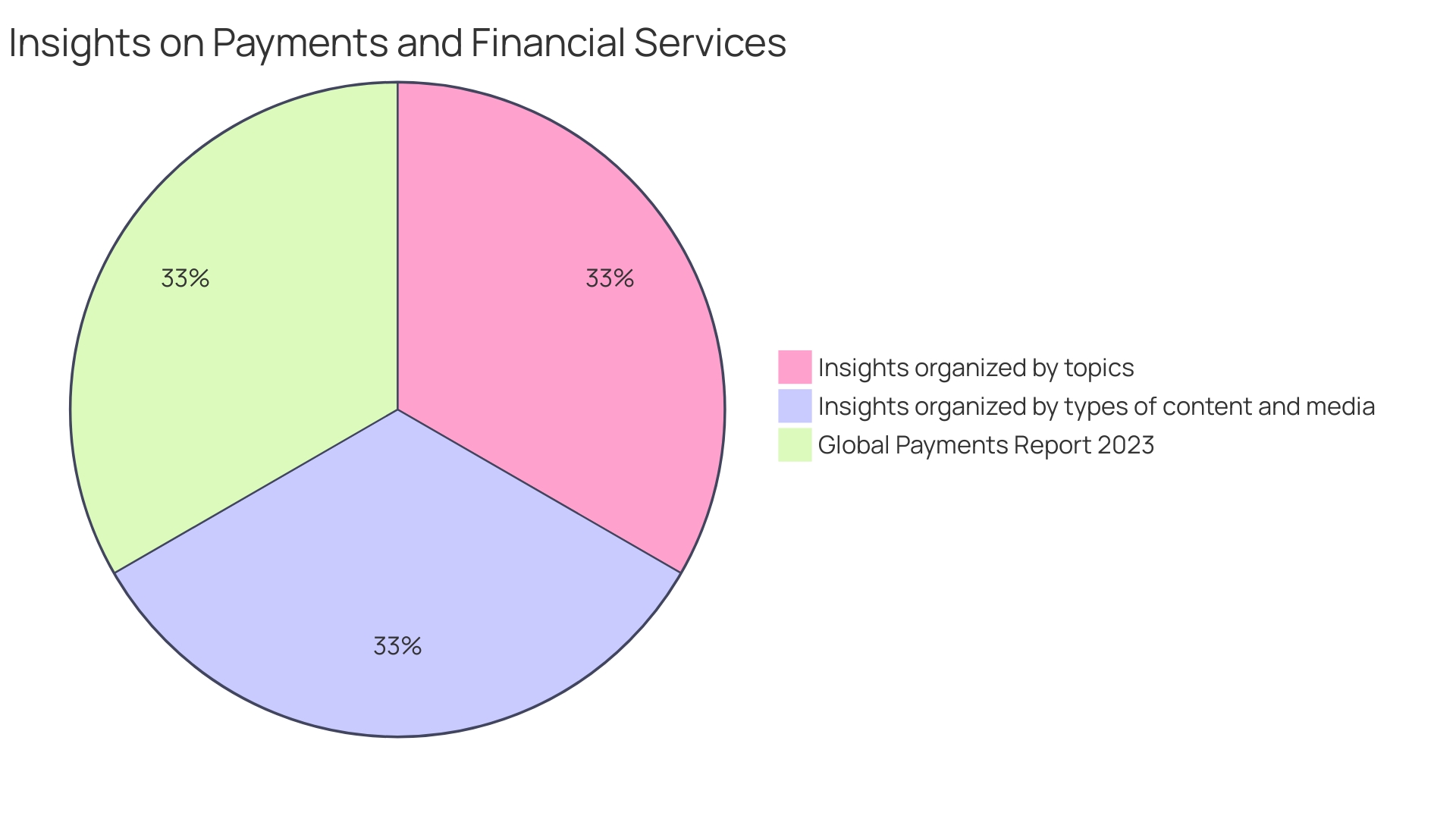
Setup Fees
While establishing a payment gateway for your e-commerce platform, it's essential to understand the spectrum of fees involved. Often, merchants are required to pay a one-time setup fee to activate their account and integrate the payment system. This fee can vary significantly depending on your chosen payment gateway provider and the intricacies of the integration process.
For those looking to optimize their expenses, exploring local alternative payment methods (APMs) can be a strategic move. APMs can offer a more cost-efficient solution compared to traditional credit card payments by leveraging lower-cost funding sources. This not only reduces the cost per transaction but also enhances your profit margins. Moreover, providing customers with familiar payment options can enhance the user experience and potentially increase conversion rates. For instance, GoPay in Indonesia, Ideal in the Netherlands, and WeChat Pay in China are Apps that have gained immense popularity within their respective markets.
Understanding the fee structures of payment processing is also crucial. Blended fees offer a single rate that amalgamates various charges like processing and settlement fees. Although they provide simplicity, they lack transparency in cost breakdown and leave little room for negotiation. On the other hand, the Interchange++ (IC++) model offers a detailed view of costs, influenced by multiple factors such as merchant category code (MCC), payment instrument type, and geographical location.
Furthermore, integrating with a unified payment service provider (PSP) like Stripe can centralize your payment system, which is advantageous for global operations. Such integration can encompass various aspects including payment processing, refunds, reconciliation, and fraud analysis, all while prioritizing customer experience.
During periods of high sales volume, like the Amazon Great Indian Festival or Flipkart's entrepreneurial showcases, having a robust payment gateway that supports APMs and transparent fee structures can be particularly beneficial. These events underscore the vitality of a flexible and efficient payment infrastructure that can handle a surge in transactions while maintaining cost-effectiveness.
In summary, when evaluating payment gateways, consider setup fees, the potential benefits of local APMs, the transparency of fee structures, and the value of integrating a unified PSP. These considerations will guide you towards a payment gateway solution that not only aligns with your business needs but also supports your growth in the competitive e-commerce landscape.
Monthly Fees
Understanding the nuances of payment processing fees is critical for e-commerce businesses aiming to optimize their expenses. While monthly fees from payment gateway providers are common, they're not the only factor to consider. These fees are meant to cover service maintenance and support, but the real value lies in assessing the additional features and level of support offered. Comparing these aspects among providers can lead to a more cost-effective choice.
One should also consider local alternative payment methods (APMs), which can significantly reduce transaction costs. Embracing APMs such as GoPay in Indonesia, Ideal in the Netherlands, or WeChat Pay in China can not only lower fees but also cater to customer preferences, potentially boosting sales. The diverse payment landscape, with over 500 APMs available globally, presents an opportunity to improve profit margins by leveraging lower-cost funding sources.
Merchants must differentiate between a merchant account and a payment gateway, as each serves distinct purposes in the transaction process. A merchant account facilitates the acceptance of card payments and is subject to underwriting based on various business factors. In contrast, a payment gateway provides the necessary infrastructure for processing electronic payments, complete with management and reporting tools. Considering whether transactions are card-present or card-not-present can further influence the choice of merchant services.
The rapidly evolving payments ecosystem, highlighted in reports like the Global Payments Report 2023, underscores the importance of staying current with trends and consumer preferences. As the industry shifts, staying informed enables businesses to navigate new markets effectively and make strategic decisions regarding payment processing solutions.
Other Fees: Batch Fees, Chargebacks, and Refunds
When selecting a payment gateway provider, it's crucial to look beyond the primary fees and consider additional costs that might arise. For instance, batch processing fees, which are incurred when you settle multiple transactions simultaneously, can add up. Moreover, handling chargebacks and refunds involves specific fees due to the complexities of managing disputed transactions. It's essential to comprehend these fees as they contribute to the total cost of payment processing.
The integration of a payment service provider (PSP) like Stripe exemplifies the intricacies of payment systems, touching on various aspects such as payment proposals, captures, refunds, reconciliation, and fraud analysis. Companies that prioritize customer-centric payment solutions tend to use these systems to enhance the customer experience by storing crucial billing and tax information necessary for recurring transactions and one-off invoices.
In the realm of payment disputes, the importance of tools like ACH trace numbers, which provide a unique 15-digit identifier for each transaction, cannot be overstated. These numbers play a pivotal role in tracking transactions, resolving disputes, and ensuring the smooth movement of funds within the financial network.
As the payment landscape evolves, businesses must also stay abreast of emerging trends and consumer preferences. Reports such as the Global Payments Report 2023 offer actionable insights into the payment preferences across different markets, which can be instrumental for businesses looking to expand into new regions or streamline their payment processes.
Lastly, considering local alternative payment methods (APMs) can be advantageous. APMs often present a more cost-effective alternative to traditional credit cards, tapping into lower-cost funding sources and potentially reducing transaction costs. As consumer preferences lean towards familiar payment methods, incorporating popular APMs like GoPay, Ideal, and WeChat Pay into your payment system can lead to improved customer satisfaction and potentially lower fees.
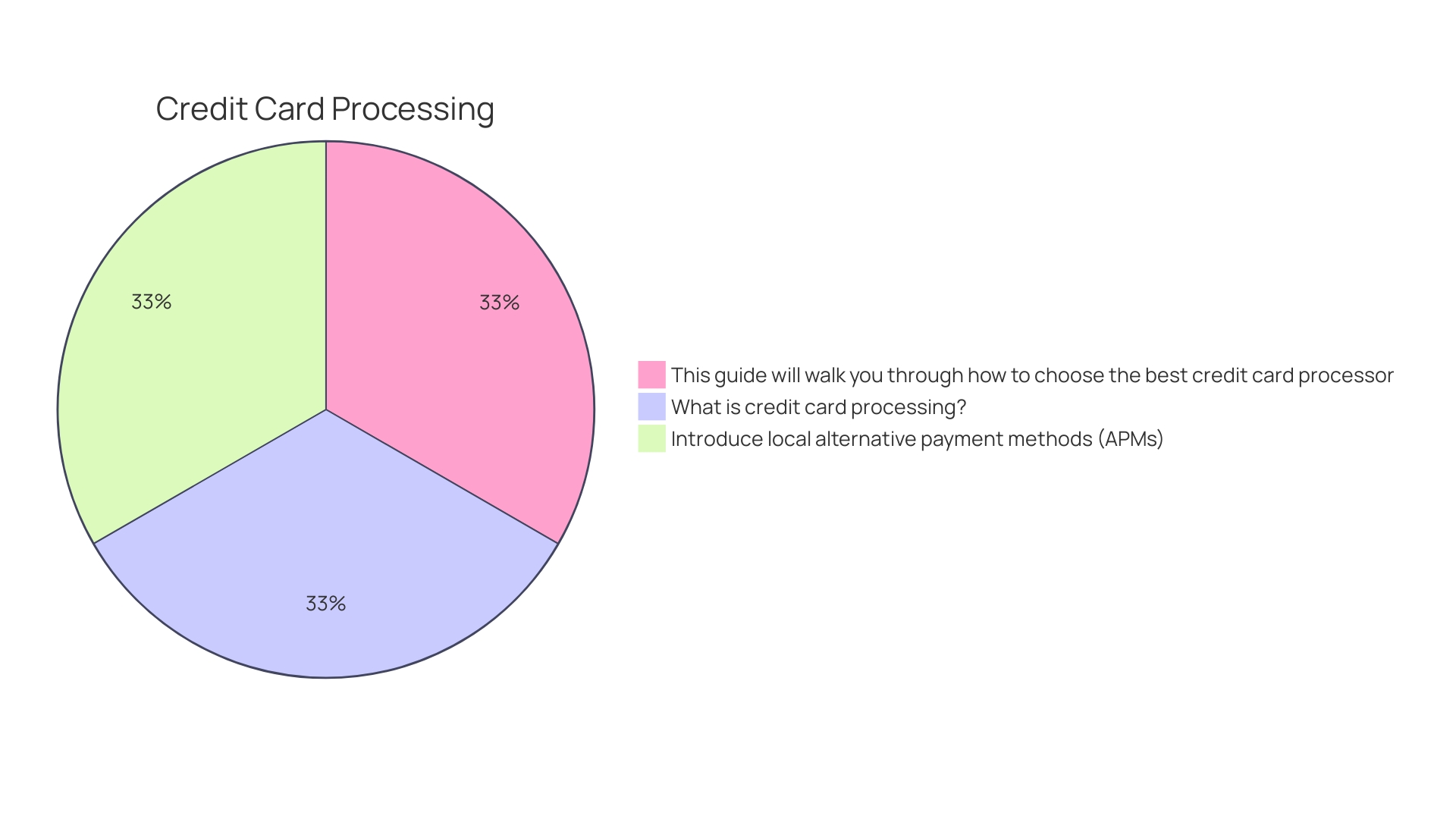
Impact of Payment Gateway Costs on Pricing Strategy
Selecting the right payment gateway is more than just a matter of processing transactions; it's about aligning with your pricing strategy to maintain profitability. Each gateway comes with its own set of fees, including transaction charges and potential monthly costs, which can quickly erode profit margins, a point of concern for any business, but particularly for those handling high volumes of low-value transactions. By integrating local alternative payment methods (APMs) that resonate with your customer base, you can often leverage lower-cost funding sources. This not only reduces your per-transaction expenses but also enhances customer satisfaction as they can use familiar and trusted payment options. For example, embracing widely used APMs like GoPay in Indonesia, Ideal in the Netherlands, or WeChat Pay in China can make a significant difference. With over 500 alternative payment methods identified by Credit Suisse globally, there's substantial potential to refine your pricing strategy while improving margins through strategic payment gateway selection.
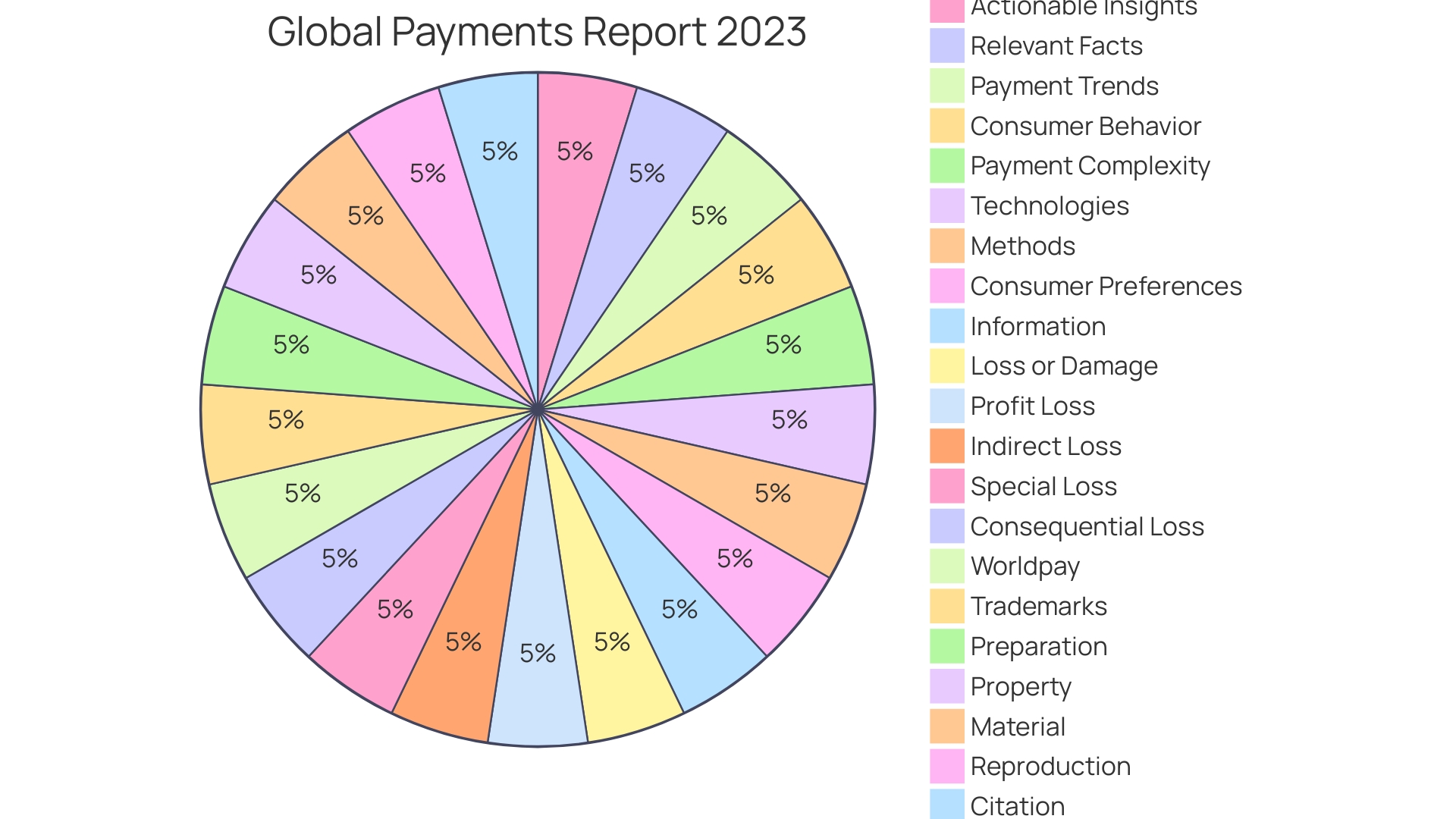
Direct Transaction Fees and Their Impact
Understanding the financial landscape of transaction fees is crucial for businesses aiming to optimize revenue and profitability. Payment gateway providers charge direct transaction fees for processing payments, which can fluctuate based on transaction volume, product or service type, and the average transaction value. A close examination of these fees is essential for maintaining a clear picture of financial health and ensuring that your e-commerce platform thrives amidst a competitive online marketplace.
As seen with innovative financial tools like YNAB, which employs a zero-based budgeting system, the importance of being intentional with financial planning cannot be overstated. Similarly, e-commerce platforms must strategically manage their payment processing to ensure that each dollar spent on transaction fees contributes to the company's financial goals.
Recent trends in the e-commerce space highlight the significance of financial decisions. For instance, the Great Indian Festival by Amazon India showcases the sheer volume of transactions during sale periods, amplifying the impact of transaction fees on profitability. The success stories of women entrepreneurs on Flipkart's platform further underscore the transformative power of e-commerce and the need for effective financial management.
To stay ahead, e-commerce directors should seek insights from respected financial services firms like J.P. Morgan, which emphasize the value of reliable data and informed decision-making in more than 100 countries. With the evolving landscape of financial technology, as illustrated by Block's shift from hardware to Bitcoin revenue, it is evident that a deep dive into the financial intricacies of transaction fees is more than just a fiscal exercise—it's a strategic imperative for sustained growth and profitability.
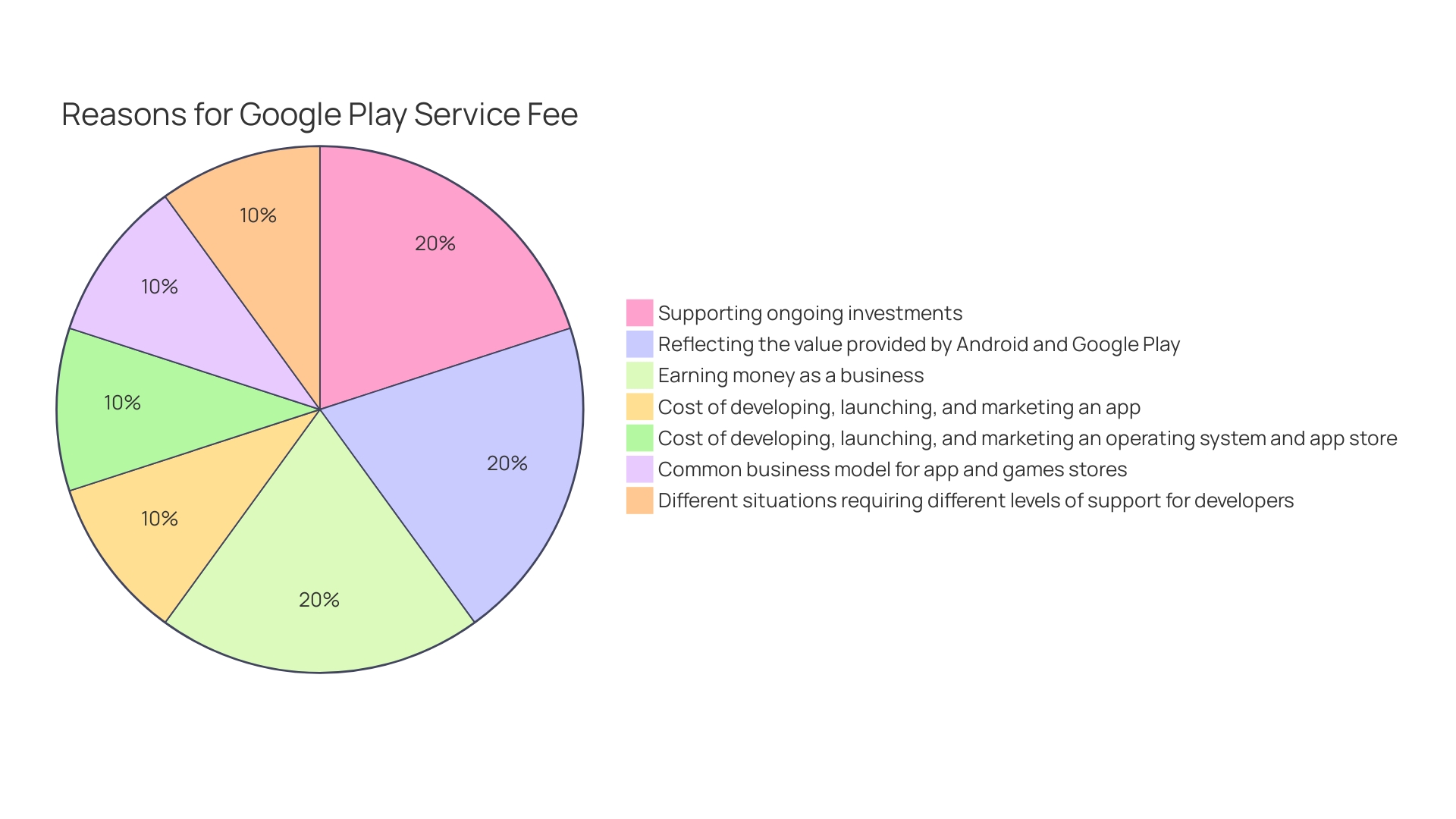
Indirect Costs: Chargebacks, International Transactions, and Integration
Navigating the landscape of online transactions, e-commerce directors must be aware of not only direct transaction fees but also the nuanced indirect costs of payment gateways. Chargebacks represent a significant indirect cost, stemming from customers disputing transactions. The procedure for digital bank chargebacks is initiated when a cardholder cannot resolve an issue with a merchant and escalates the dispute to the bank, which can lead to the merchant incurring fees and engaging in time-consuming administrative work.
For businesses with international clientele, understanding fees associated with cross-border transactions is key—this includes currency conversion fees, which can erode profit margins. A case study of Stripe's integration demonstrates the complexity of payment systems, highlighting the need to consider integration costs. The integration with Stripe, a unified Payment Service Provider (PSP), involved extensive system modifications, including payment processing, refunds, and fraud analysis, all centered around customer experience.
Moreover, local alternative payment methods (APMs) present an opportunity for cost savings. These methods leverage lower-cost funding sources, which can lower transaction costs and boost margins. GoPay in Indonesia, Ideal in the Netherlands, and WeChat Pay in China are examples of popular Apps that resonate with local consumers. It's emphasized that over 500 Apps exist globally, emphasizing the potential benefits of tapping into these localized solutions.
The payment processing landscape is characterized by a blend of fee structures, including blended fees—a single rate encompassing various costs—and interchange++, which offers transparency in fee composition. Understanding these structures is crucial for e-commerce businesses to navigate the cost implications effectively.
E-commerce success stories from platforms like Amazon and Flipkart underline the dynamism of the industry and the importance of innovation and customer-centric strategies in payment solutions. As the e-commerce realm evolves, directors must stay informed of trends and consumer preferences, as captured by the Global Payments Report 2023, to ensure their businesses remain competitive and profitable in the ever-changing digital marketplace.
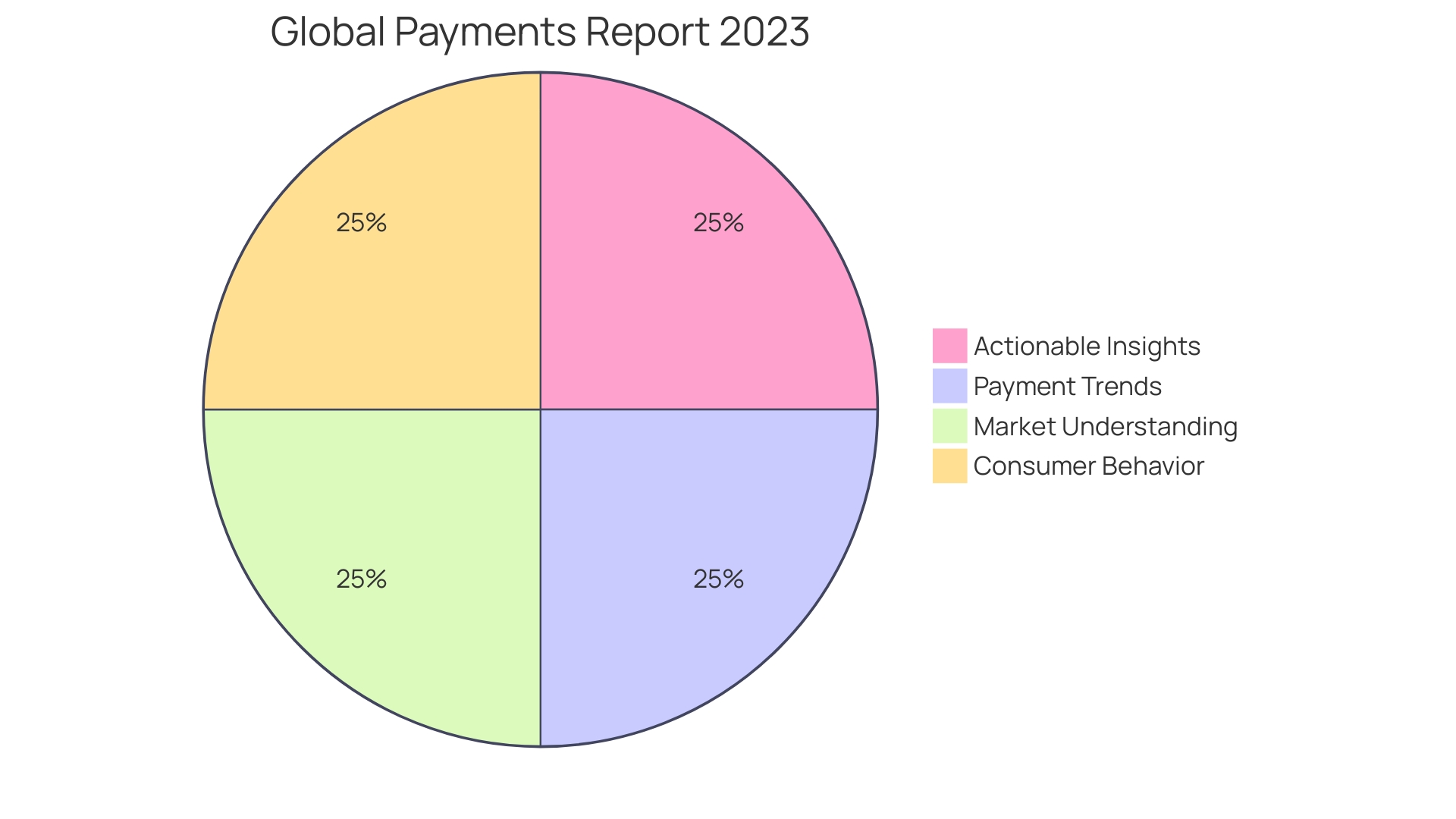
Factors to Consider When Choosing a Payment Gateway
When selecting a payment gateway for your e-commerce operations, it's crucial to consider the intricate dance of technology and user experience. Privacy, a cornerstone of customer trust, involves handling cookies and personal data with utmost care, as they are integral to personalizing and improving the website experience. Reflect on PayPal's journey, which began in Palo Alto in 1998, where strategic scaling was essential to manage their surge to a million daily transactions. This growth narrative underscores the importance of a payment gateway capable of scaling seamlessly with your business.
Understanding marketplace payment processing is also vital. This multilayered system involves not just the buyer and seller, but also the acquirer, card networks, and banks. Each participant plays a role in a transaction's journey, from payment acceptance to fund clearance. With the rise of cryptocurrencies, even more, payment methods are entering the marketplace, further diversifying the ecosystem.
In the realm of credit card processing, it's not just about enabling transactions; security verification and efficient routing are pivotal. The majority of consumers prefer card payments, spotlighting the necessity for businesses to facilitate these options. Moreover, checkout abandonment issues often highlight the need for an optimized payment experience, crucial for e-commerce success.
Additionally, integrating local alternative payment methods (APMs) can prove beneficial. With over 500 APMs globally, offering familiar payment options can enhance customer satisfaction and potentially reduce transaction costs. For example, GoPay in Indonesia, Ideal in the Netherlands, and WeChat Pay in China are popular local choices that could influence international transaction fees and overall customer experience.
Keeping abreast of global trends is key, as highlighted by the Global Payments Report 2023, which indicates a fast-evolving payments landscape. This report offers insights into consumer preferences across 40 markets, aiding businesses in navigating new territories and staying competitive. Payment gateways are not just transactional tools; they are a reflection of the modern consumer's demand for convenience, security, and personalization.
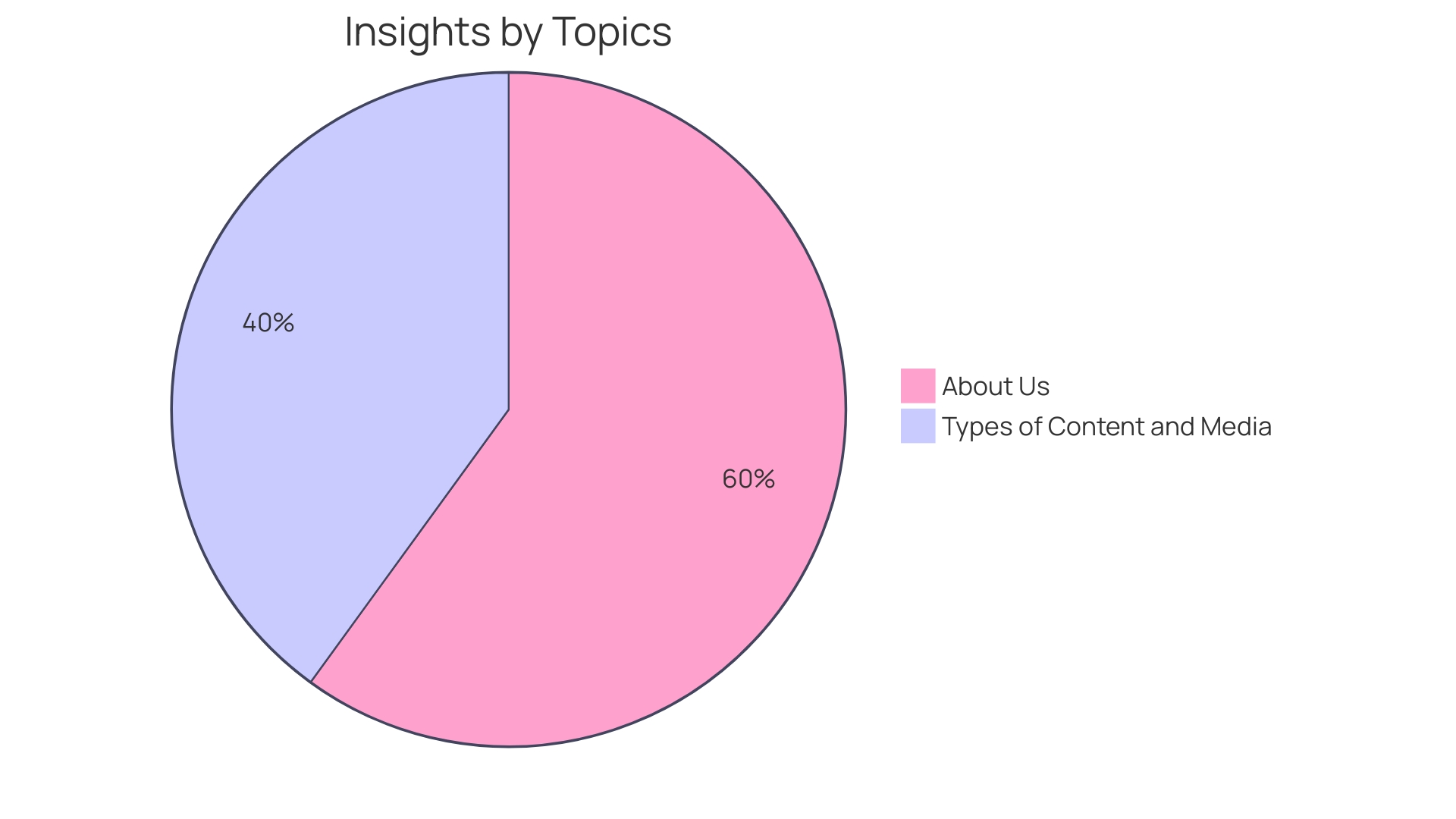
Business Model and Target Audience
Choosing the right payment gateway for your online business necessitates a clear understanding of your specific requirements and how they align with what payment gateways offer. Consider the nature of your products or services, the usual volume of your transactions, and the geographical spread of your customer base. Payment gateways are not one-size-fits-all; they often specialize in certain industries or are better suited to specific business models.
For example, gateways like Stripe have been instrumental in unifying payment processing systems across different countries, offering a seamless experience for both merchants and customers. This is particularly relevant for businesses aiming to provide a consistent payment experience to a global audience. Stripe's architecture supports various aspects of the payment process, such as payment proposals, captures, refunds, and fraud analysis—all crucial elements for maintaining a customer-centric approach.
The modern landscape of online payments is evolving rapidly, with consumers demanding more convenience, security, and personalization in their transactions. As noted in the Global Payments Report 2023, staying abreast of payment trends and consumer preferences is vital for entering new markets and ensuring customer satisfaction. The report provides an interactive map showing preferred payment methods across different regions, which can be invaluable for businesses looking to expand internationally.
Incorporating the right payment gateway into your business can significantly impact customer experience and operational efficiency. It's not just about processing transactions; it's about creating an infrastructure that supports your business's growth and caters to the evolving needs of your customer base. As the e-commerce space continues to grow, the strategic selection of payment gateways will remain a critical decision for online businesses.
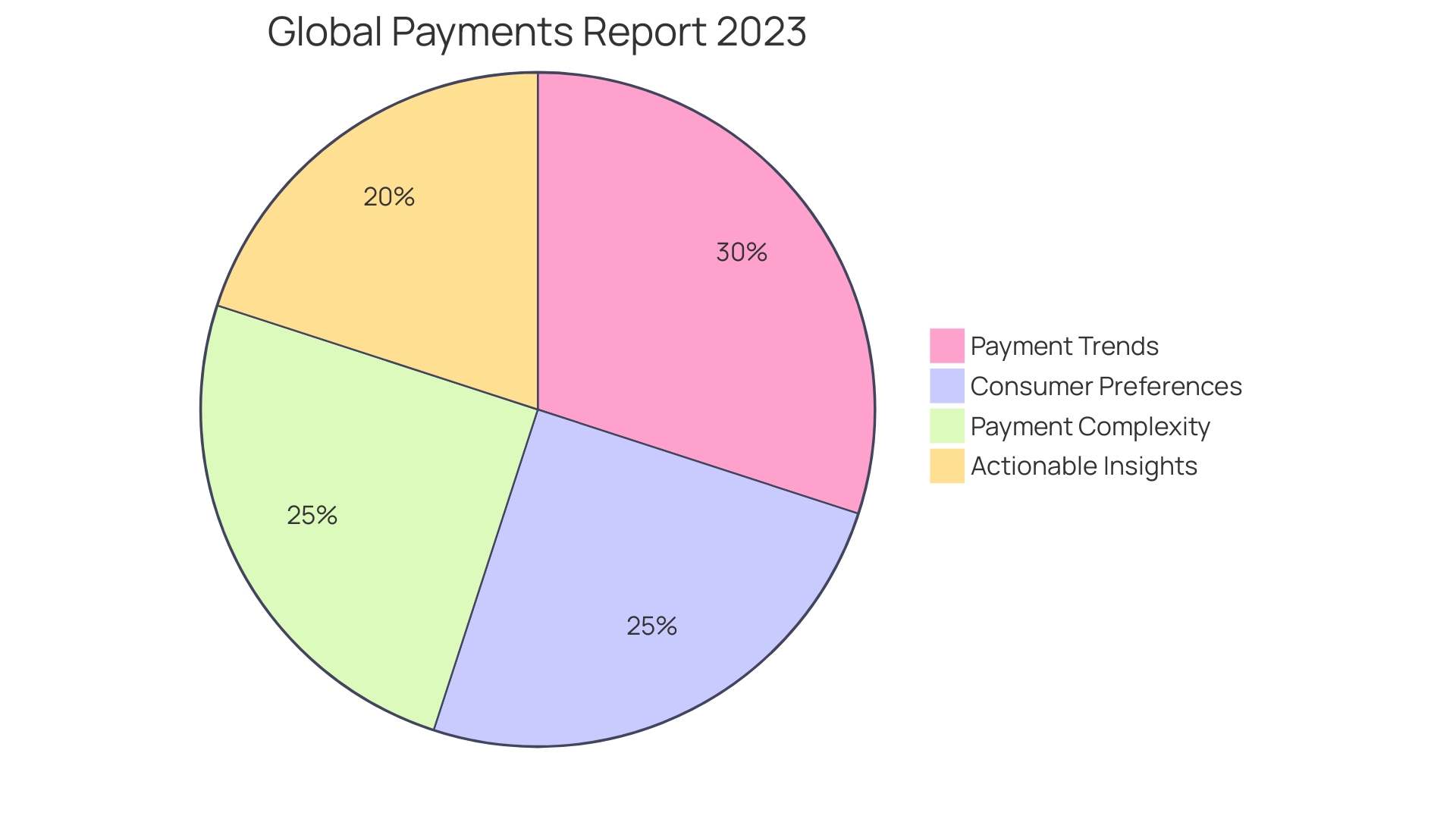
Security Measures and Fraud Protection
When selecting a payment gateway, the security features it offers are critical to protect your customers' sensitive data. Advanced encryption and tokenization are vital components of a secure payment gateway, ensuring that personal and financial information is safeguarded during transactions. Look for providers that have a strong track record of security, such as those that are compliant with PCI DSS Level 1 and adhere to industry standards and privacy laws.
Fraud prevention is equally essential, with features like real-time fraud monitoring and chargeback prevention tools being invaluable for maintaining the integrity of transactions. A provider like Stripe, which is praised for its comprehensive payment system addressing payment proposals, captures, refunds, and fraud analysis, demonstrates the level of security and customer-centric approach you should seek in a payment gateway.
Moreover, with the rise of cryptocurrency, the security of crypto payment gateways has become a significant consideration. These gateways, using blockchain technology, offer enhanced security, rapid processing, and potentially lower fees. As the payment landscape evolves, staying informed on the latest trends and advancements through resources like the Global Payments Report 2023 is crucial to navigating the complexities of payment systems and ensuring the best choices for your business.
Transaction Volume and Settlement Speed
Understanding the scalability and processing capabilities of a payment gateway is crucial for ensuring a seamless transaction experience for your customers. With the rapid advancement of online payment technologies, selecting a gateway that can handle your expected transaction volume is key. For example, when PayPal began, it quickly scaled to 1 million transactions a day by investing in enhanced hardware and running its services on over 1000 virtual machines. This kind of scalability is essential for businesses experiencing rapid growth.
Moreover, the payment gateway's ability to provide swift settlements is instrumental in improving cash flow and financial management. Fast payments are transforming the market, with systems like cryptocurrency gateways offering significant advantages in terms of transaction speed, reduced fees, and enhanced security compared to traditional services. The rise of crypto payment gateways is a testament to the evolving landscape, acting as a vital link for businesses and bringing about a paradigm shift in digital asset transactions.
Additionally, companies such as Stripe and OpenPayd have set benchmarks by focusing on customer-centric payment solutions, integrating with existing systems, and providing access to real-time payment rails. These developments offer a glimpse into the future of payment technology where interoperability, low costs, and real-time settlements are becoming the norm.
To ensure that your e-commerce platform remains competitive and responsive to customer needs, it is important to prioritize a payment gateway's infrastructure robustness, processing speed, and settlement efficiency. This will not only enhance the customer experience but also streamline your business's financial operations.
Device Compatibility and Integration
When selecting a payment gateway, the ease with which it integrates with your e-commerce platform and the compatibility across various devices are critical factors to consider. A seamless integration not only provides a frictionless transaction process for customers but also streamlines the back-end operations of payment handling, from initial payment proposals to final reconciliation and fraud analysis. Take the example of La Redoute, which moved towards a unified payment system using Stripe. Their approach involved comprehensive integration across multiple system components, prioritizing customer-oriented features like storing customer profiles and facilitating efficient subscription and invoice billing.
The importance of such integration is underscored by the fact that payment gateways are increasingly vital in the modern world of e-commerce. With the expansion of platforms like Alchemy Pay, now available in 173 countries, the global reach of payment solutions is growing. These platforms are not only expanding their geographic availability but also ensuring compliance with data protection standards and forging strategic partnerships, as seen with Alchemy Pay's inclusion in MasterCard's Site Data Protection program. Moreover, the availability of support for these integrations, as exemplified by PayPal's customer service for account upgrades, emphasizes the importance of accessible assistance for businesses aiming to enhance their payment systems.
In the context of international transactions and fees, a payment gateway that aligns with your business's strategic goals, such as those set by La Redoute, can significantly impact the efficiency and effectiveness of your operations. As Mike Sedzielewski, co-founder of Voucherify, puts it, embracing external APIs can exponentially increase a company's shipping speed and bolster trust among developers worldwide. Ultimately, the right payment gateway should not only meet your current needs but also position you to adapt to the evolving landscape of financial transactions and customer expectations.
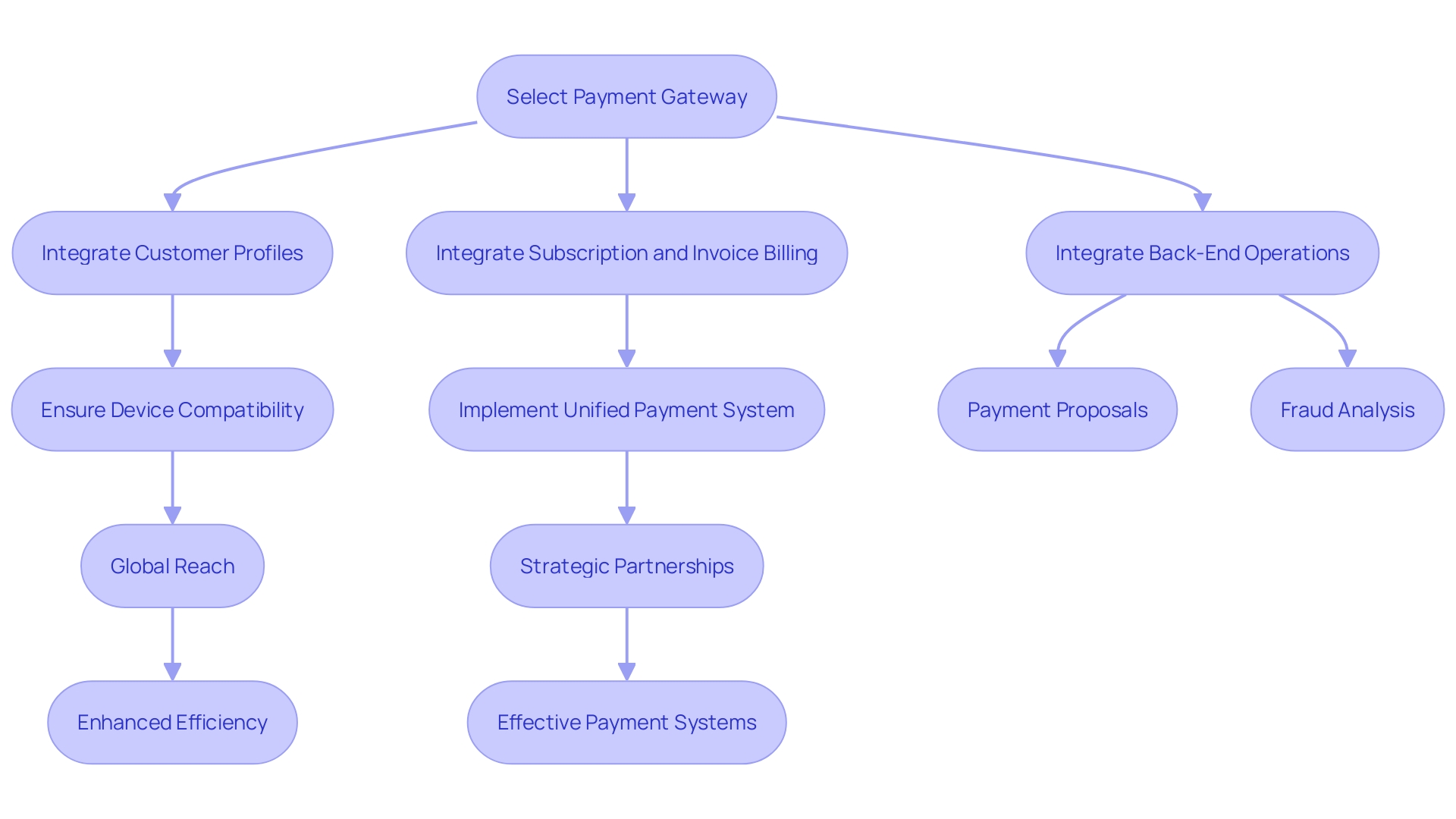
How to Reduce Payment Gateway Fees
To optimize the financial health of your e-commerce operations, scrutinizing payment gateway fees is crucial. One effective approach is to integrate local alternative payment methods (APMs). These APMs can be more cost-efficient than traditional credit card payments, as they often utilize lower-cost funding sources, reducing the cost per transaction and boosting your profit margins. Customers also appreciate the familiarity and ease of use of local payment options. For example, in Indonesia, GoPay is prevalent, Ideal in the Netherlands, and WeChat Pay in China. With over 500 alternative payment methods globally, there's a significant opportunity to cater to local preferences and cut down costs.
Understanding your payment processing fee structure is another key strategy. Unlike blended fees that lump various costs into a single rate, Interchange++ fees break down the costs, offering transparency that can empower you to make informed decisions regarding your payment strategy. For instance, factors such as your merchant category code (MCC), payment instrument type, and geography can affect these fees, providing an opportunity to renegotiate or switch to more economical options.
Moreover, adopting multiple payment service providers can mitigate risks and potentially reduce fees, as opposed to relying on a single entity. Exploring on-us processing, where the transaction is managed by the card issuer's bank, can also offer savings on transaction fees. The integration of solutions like Stripe as a unified payment service provider exemplifies the strategic move towards a cohesive payment system, enhancing the customer experience by streamlining billing information.
Finally, addressing checkout abandonment issues is vital. A seamless payment experience is paramount to retaining customers during the final stages of their purchasing journey. By leveraging the right knowledge and tools, you can tackle the root causes of cart and checkout abandonment, ensuring a smooth transaction process that can contribute to reducing overall costs associated with payment processing.
Negotiating Better Rates
When considering payment gateways for your e-commerce operations, remember that the listed rates are often a starting point for negotiations. High transaction volumes or specific business needs can be leveraged to obtain better pricing terms. For instance, by implementing Stripe as a unified Payment Service Provider (PSP), companies have streamlined payment proposals, captures, refunds, and fraud analysis. This not only improves customer experience but also opens the door to discussions about more favorable rates due to increased efficiency and volume.
It's critical to explore various pricing models, such as interchange plus (IC++) which offers transparency and can lead to cost savings. This model breaks down fees into processing, acquiring, and settlement components, offering a clear view of costs influenced by factors like merchant category code (MCC) and type of payment instrument. Comparatively, a blended fee structure combines these costs into a single rate, which could be higher overall.
Moreover, the integration of local alternative payment methods (APMs) has proven to be a cost-effective strategy. These payment methods often incur lower transaction costs by leveraging local funding sources, enhancing profitability. For example, popular APMs like GoPay in Indonesia, Ideal in the Netherlands, and WeChat Pay in China have been widely successful, reflecting the preference of customers for familiar payment methods.
To optimize your payment processing fees, consider your business's transactional behavior and customer preferences. Utilizing APMs not only meets customer expectations but can also reduce costs, as evidenced by the global rise of over 500 APMs. Therefore, approach multiple providers, armed with your business specifics and customer insights, to negotiate the most advantageous rates possible.
Enterprise Pricing Options
For e-commerce businesses that are scaling up, it's essential to examine enterprise pricing options provided by payment gateways. These specialized plans are crafted for businesses experiencing high transaction volumes and often come with preferential rates and enhanced functionalities. Chess.com, a hub for chess enthusiasts that handles over ten million games daily, relies on a robust IT infrastructure to support its 150-million-strong user base. Similarly, enterprise pricing plans can include tailored features that cater to the unique needs of large-scale operations, ensuring not only cost savings but also the stability and reliability necessary for handling extensive online transactions. Amazon, a behemoth in the e-commerce and tech sectors, exemplifies the importance of optimizing pricing strategies to remain competitive. IDC's insights on enterprise e-commerce platforms underscore the need for scalability and comprehensive software solutions that integrate business processes, like order management and customer relationship management. This shift towards strategic, value-based pricing is echoed by industry voices advocating for pricing models that reflect the actual value delivered to customers. In the end, the art of price optimization is crucial, impacting revenue generation, profitability, and customer satisfaction, which is why businesses should leverage the data and tools available in today's digital landscape to refine their pricing strategies.
Hidden Fees and Fee Transparency
When selecting a payment gateway, it's essential to have a comprehensive understanding of the associated costs, which can range from processing fees to recurring monthly charges. A common pitfall for many businesses is the unexpected expenses that can arise from hidden fees or additional charges. To navigate this, seek out providers like Stripe, which are known for their commitment to fee transparency and offering a detailed pricing structure. Stripe's integration spans across multiple facets of the payment system, including payment proposals, captures, refunds, reconciliation, and fraud analysis, ensuring that every aspect is customer-centric.
In the ever-evolving landscape of global payments, it is also crucial to consider the benefits of local alternative payment methods (APMs). These methods often reduce transaction costs and improve margins, as they can bypass traditional and more expensive funding sources. Embracing local APMs can also boost customer satisfaction by providing familiar and preferred payment options, which is especially important in a market where over 500 alternative payment methods exist worldwide.
Moreover, understanding the fee structures, such as the blended fee rate or the more transparent interchange plus (IC++), is vital. The latter allows for a clearer view of the costs associated with various factors like merchant category codes and geography. Businesses are also encouraged to work with multiple acquirers, as this can not only decrease processing fees but also mitigate the risks associated with relying on a single provider.
With the insights from the Global Payments Report 2023, which provides a comprehensive overview of consumer payment preferences across 40 markets, businesses can stay abreast of the latest trends and navigate new markets with confidence. This knowledge is essential in an industry that's rapidly changing with new real-time schemes and alternative payment methods. To ensure a seamless and cost-effective payment process, it is imperative to have all the necessary information and to choose partners that align with your business needs and goals.
Conclusion
In conclusion, payment gateways are essential for efficient and secure e-commerce transactions. They have evolved to provide convenience, security, and personalized service. Understanding payment gateway fees is crucial for optimizing costs and enhancing customer experience.
Factors such as security measures, device compatibility, integration capabilities, and target audience should be considered when choosing a payment gateway.
To reduce fees, businesses can integrate local alternative payment methods (APMs), understand fee structures, negotiate better rates, and explore enterprise pricing options. By leveraging lower-cost funding sources and optimizing payment processing, profitability can be improved.
Being aware of hidden fees and seeking transparent providers is important. Understanding the complete pricing structure and considering the benefits of APMs can help businesses avoid unexpected expenses and improve cost-effectiveness.
In summary, selecting the right payment gateway is crucial for aligning with pricing strategies, enhancing security, and meeting customer needs. By staying informed, considering relevant factors, and making strategic decisions, businesses can navigate the complex world of payment gateways and provide a seamless and secure payment experience.
Learn more about how to optimize payment gateway fees and enhance customer experience.





